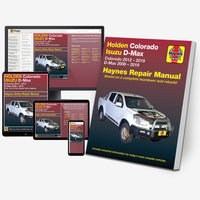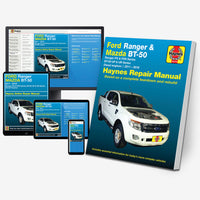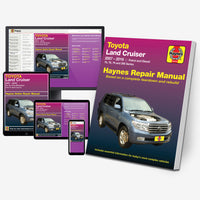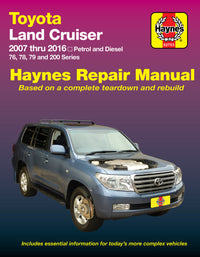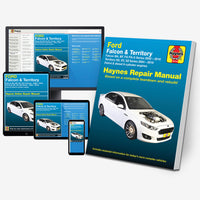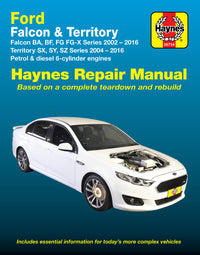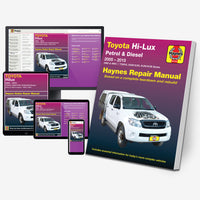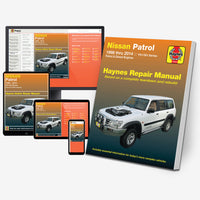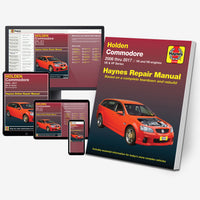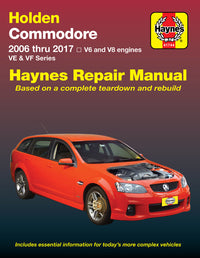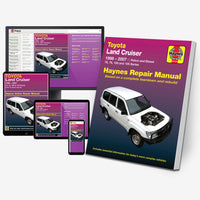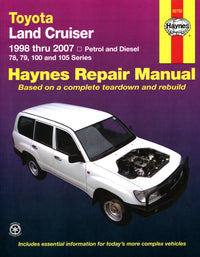
Martynn Randall is technical editor at Haynes and has been with us for 30+ years. He's written more than 65 Haynes publications and has owned more than 85 cars and 60 motorbikes... so far!
Have you owned a car or ute without air-con? Sure, you can wind the windows down on days when the heat isn't too bad, but when the humidity builds and temperatures head into the 30s and 40s – as they tend to do these days – things become unbearable.
On a hot day, heat emanates from everywhere – sunlight falls on the metal and glass skin of the car’s roof, body panels and windows, is conducted through the vehicle’s skin and radiated into the passenger compartment. Heat even radiates up off the road surface, warming you up from below. Uncomfortable.
And that’s even before you have the engine running, because then the motor itself, the exhaust system and transmission all radiate a vast quantity of heat, which also finds its way into the passenger compartment.
Carrying a passenger? They’ll be giving off warmth (not the emotional kind) too, as will you. So, when you consider all that, air-conditioning is almost a necessity.

How air con works
Air-con is the process by which air is cooled, cleaned and dehumidified before entering, or re-entering, the passenger compartment.
Basically, an air conditioning system removes heat from the passenger compartment by absorbing it and carrying it outside, where it is released into the atmosphere.
An air conditioning system also dehumidifies the air, which makes for rapid demisting and increased comfort.

What makes up a typical air-con system?
Car air-con works in pretty much the same way as a domestic refrigerator. Refrigerant gas is drawn into a belt-driven compressor and passes into a condenser mounted on the front of the radiator, where it loses heat and becomes liquid. The liquid passes through an expansion valve to an evaporator, where it changes from liquid under high pressure to gas under low pressure. This change is accompanied by a drop in temperature, which then cools the evaporator. The refrigerant returns to the compressor, and the cycle begins again.
Air blown through the evaporator passes to the heating/ventilation housing, where it is mixed with hot air blown through the heater matrix to achieve the desired temperature in the passenger compartment.
Although air-conditioning is an energy-intensive process, and increases the amount of fuel a car uses, modern systems are efficient.

Should I leave air-con on all the time?
Many drivers believe that air-con can only be used to cool the car, and therefore use it only during the warmer months of the year.
In fact not using the air-con at least once a week can harm it, because the refrigerant acts as a lubricant for the system’s seals and gaskets.
So you really should switch on the air-con and turn up the heat on a regular basis during the winter – the dehumidified air generated by air-con is also excellent for clearing steamed-up windows.
Air-con is not cold
Over time the refrigerant can leak from the system and you'll need an air con regas. Your local garage should be able to check the car’s system pressure and refill it, which is carried out as part of an air con service.
However, it’s important to make sure there aren’t any leaks from seals, gaskets or the compressor itself before it’s refilled, or you’ll be wasting your money.
To that end, you can either take it to a professional, or you now buy kits that can seal up small leaks in the system, in much the same way as products such as Radweld can seal up your car’s cooling system.
After that, you can refill the system using an aerosol kit, which can be purchased from high street automotive shops, or the world’s largest online shopping site, which contributor Euan Doig did with his Seat Ibiza recently.
If you want to know exactly how and air-conditioning system works, the Haynes Air-Conditioning Techbook will tell you all you need to know.
Air-conditioning FAQs
Why does my air-con smell bad?
If you don’t use your air-con system often enough, the condensation that naturally develops on your evaporator becomes a breeding ground for bacteria. If the system emits an odour when you turn it on, it’s worth investing in a new pollen filter and a can of air-con cleaner.
Most of these cans just require you to run the car’s engine and air-con, activate the can and place it in the centre console, vacate the car and shut the doors (and windows) for a few minutes. Don't leave the car unattended, though. It should make all the difference.
Will using air conditioning make my car use more fuel?
Modern air-conditioning systems are more efficient than ever, but they do cause a small increase in demand on the engine, which will make it use a bit more fuel.
However, we’d still recommend using air-con instead of putting down the windows, because the increased drag caused by open windows will increase fuel consumption far more than just switching on the air-con.
How can I make the air-con cool the car faster?
Well, it’s good if you can park in a shaded area, so the interior temperature isn’t quite so high in the first place. However, this is often impractical, so when you turn on the system, make sure you activate the recirculation mode. This keeps the cooled air inside the car, which help it to cool down the interior more quickly.
And if you’re just driving at low speeds, open the windows just a crack. This can help circulate fresh air without drawing in huge quantities of hot air.



